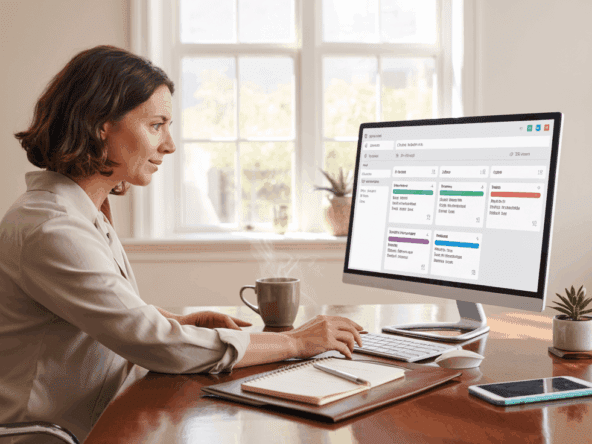In real estate, pricing is both an art and a science—but during shifting markets, it becomes a high-stakes skill. Price a property too high, and it may sit stale, requiring reductions. Price it too low without strategy, and you risk leaving money on the table.
In today’s environment, with fluctuating interest rates and evolving buyer behavior, mastering pricing strategy is essential to attract offers quickly and maximize returns. This article breaks down practical, proven pricing techniques that real estate professionals can use to confidently guide sellers through market uncertainty.
1. Know the Market: Pricing for Where It’s Going—Not Where It Was
One of the most common obstacles in a shifting market is seller mindset. Many homeowners remain emotionally tied to past highs, even as prices flatten or decline.
Pro Strategy:
- Use real-time data to reset expectations: focus on pending sales, not just closed comps.
- Present visual market trends to highlight buyer behavior patterns and price sensitivity.
- Emphasize that buyers pay based on current affordability—not last year’s appraisal.
By showing sellers where the market is headed, not just where it’s been, you guide them toward realistic and strategic decisions.
2. Make Sellers Part of the Pricing Process
Top agents don’t dictate pricing—they collaborate. Involving sellers in analyzing comps and current listings builds trust and defuses pricing tension.
Interactive Tactics:
- Sit down with sellers to walk through comparable properties together.
- Ask for their perspective on how their home compares to each comp.
- Use side-by-side photos, layout comparisons, and condition evaluations to support pricing logic.
This method helps sellers “own” the final number, making them more confident and less resistant later if a price adjustment is needed.
3. Price Just Below Market to Spark Urgency
In shifting markets, buyer hesitation increases—and urgency drops. One of the most powerful strategies is pricing slightly below perceived market value to generate competition.
Why it works:
- Increases showings dramatically in the first two weeks
- Creates a sense of scarcity and buyer FOMO (fear of missing out)
- Often results in multiple offers, better terms, and less resistance in negotiations
Example:
A home priced at $525,000 (instead of $550,000) received multiple offers within a week and ultimately closed for $560,000. Pricing just under the target range activated buyer urgency and led to a stronger result.
4. Use Data to Drive Pricing Conversations
Visual analytics help replace emotion with evidence. Sellers often resist change until they see trends.
Tools to Use:
- Graphs showing days on market vs. sale price outcomes
- Charts comparing list-to-sale price ratios by time on market
- The “5% and 10% rule”:
- No offers with lots of showings = ~5% overpriced
- No offers and low traffic = ~10% overpriced
Backing your strategy with clean, understandable data gives you more authority—and makes difficult conversations easier.
5. Frame Price in Terms of Buyer Affordability
In a high-rate environment, pricing is not just about value—it’s about monthly payments. Sellers need to understand the affordability equation from the buyer’s point of view.
How to do it:
- Show mortgage payment differences between their preferred price and your recommended price
- Explain how rate hikes have reduced buying power—and why affordability drives traffic
- Offer scenarios: “A $20k reduction makes this home affordable to 5x more buyers in this rate environment.”
This makes pricing tangible and helps sellers grasp why “just $10,000 more” can price out significant buyer segments.
6. Communicate Consistently and Transparently
Frequent, data-driven updates during the listing period are essential to manage expectations and avoid pricing surprises.
Communication Plan:
- Weekly seller updates covering showing activity, feedback, and online traffic
- Scheduled check-ins to review market changes or new competition
- Early and proactive conversations about potential price adjustments, tied to data—not emotion
Clear communication builds trust and makes pricing adjustments feel like a shared decision, not a reactive fix.
Conclusion: Price to Win, Not Just to List
Pricing in a shifting market requires transparency, strategy, and proactive communication. It’s not about pleasing the seller with the highest number—it’s about guiding them to a smart number that generates action.
By leading with data, collaborating with the seller, using psychology-driven pricing strategies, and emphasizing buyer affordability, you’ll not only improve your close rate—but build lasting credibility in uncertain markets.
Start implementing these practices in your next pricing conversation. The market may shift—but your process shouldn’t. Price to sell. Price to succeed.




